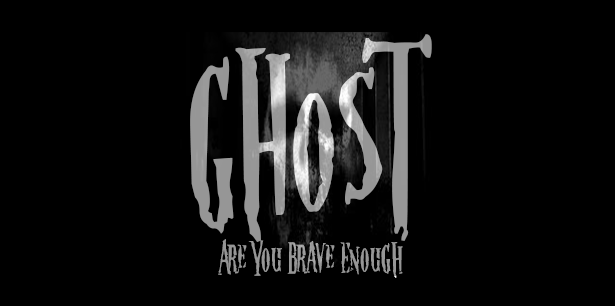Unveiling the Haunting Pursuits of Harry Price, A Journey Through the Paranormal
- Gary Taylor-Green
- Aug 31, 2023
- 3 min read

In the shadowy realm betwixt the corporeal and the ethereal, there once strode a figure of curious fascination – none other than Harry Price. Born in 1881, this enigmatic Briton cast aside the veil that separated the known from the mysterious. A parapsychologist, a psychic investigator, a master of unveiling the concealed tricks of fraudulent spiritualists – Price was a man both lauded and vilified, a man whose name echoed through the corridors of the spectral and the spectral-tinged alike.
The harbingers of his notoriety were none other than his fervent investigations into the inexplicable – into the haunted, the enigmatic, and the arcane. But most notorious, perhaps, was his dalliance with the Borley Rectory, that accursed edifice in the heart of Essex. In the annals of supernatural history, this spectral manor had garnered the attention of many an intrepid soul, but none with such fervor as Price.
Summoned to the Rectory with a quiver of cameras, instruments of sealing, and secret apparatus, Price sought to commune with the unseen, to pierce the shroud that cloaked the apparitions said to roam those hallowed halls. Tales of spectral footsteps, of ghostly visages and haunted whispers, had ensnared his imagination. And so, armed with his tools and his intellect, Price embarked on a journey that would etch his name into the dark tapestry of the supernatural.
Yet, in the spirit of Edgar Allan Poe, let us delve deeper, dear reader, into the tenebrous chambers

of Price's mind. A member of the Ghost Club, an assembly of the curious and the skeptic, Price knew the art of exposing the charlatans from the genuine. His keen eye, honed by his knowledge of stage magic, unveiled the deceptions of mediums. He unmasked the "spirit" photographer, William Hope, revealing the spectral images to be naught but cardboard and newspaper portraits. The ectoplasm of Eva Carrière, the supposed medium, crumbled under his scrutiny, revealing its true form – chewed paper, no more than the whims of artifice.
But it was not only through exposés that Price traversed the corridors of the occult. His own apparitions, so to speak, lay in his writings. He chronicled his quests, his experiments, and his encounters with the otherworldly. "The Most Haunted House in England," "Poltergeist Over England," "The End of Borley Rectory" – his words etched their mark on the parchment of paranormal literature, ensuring his legacy as a chronicler of the uncanny.
Even in the company of skeptics, he shone as a beacon of inquisitiveness. He rekindled the Ghost Club, transforming it from a congregation of spiritualists to a conclave of those who dared question the unknown. And in this transformation, he dared to admit women, recognizing that the thirst for the enigmatic transcends the confines of gender.

Price's friends danced in the same arcane circles – Harry Houdini, the conjurer of illusion, and Ernest Palmer, the quill-wielder of truth. Together, they exposed the veil-piercing frauds, the charlatans who sought to manipulate the very fabric of the inexplicable.
In the grand tapestry of the paranormal, Harry Price remains a figure both enigmatic and enduring. He ventured where few dared tread, his footsteps echoing in the haunted corridors he explored. His tools, his camera, his intellect – these were his arsenal against the spectral. And as the mists of time draw their curtains ever closer, we remember Price as a seeker of truth, a master of deception, and a man who walked that fine line between the mundane and the macabre.








Comments